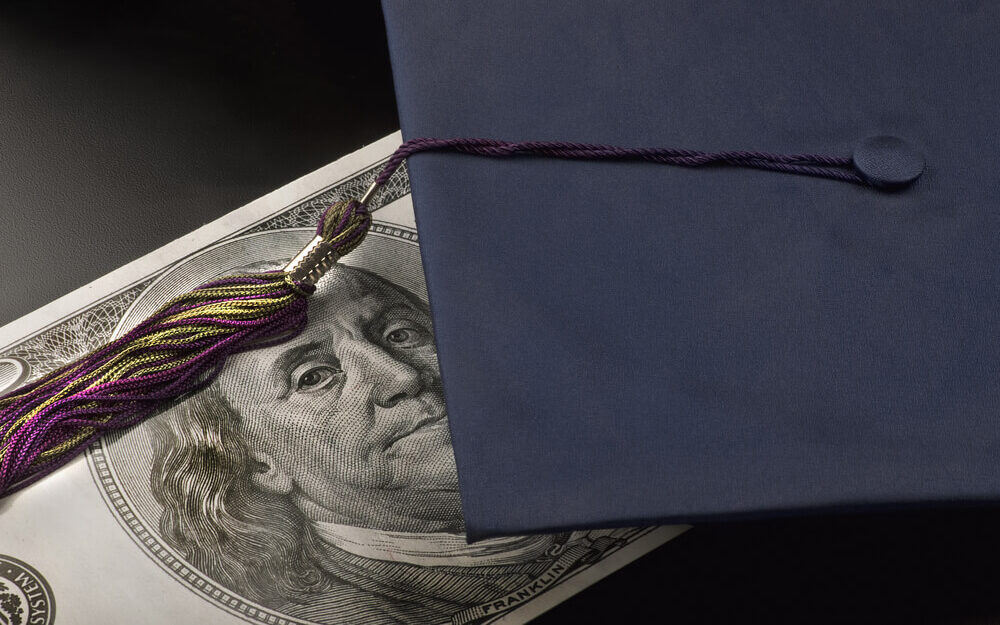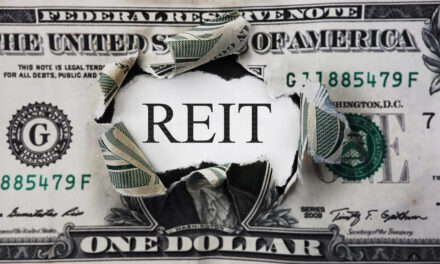I saw a headline the other day that got me thinking:
“U.S. college enrollment dropped again in the fall of 2021, despite the arrival of vaccines.”
The article suggests that a combination of high costs and a general sense of angst after two years of COVID-19 lockdowns has led a larger number of high schoolers to forgo college. The number of undergraduates is down by more than 6%, or a little over 1.2 million students, from pre-pandemic levels.
The article isn’t completely off base. My entire college experience was a four-year, drunken would-be superspreader event. It’s hard to imagine Animal House in masks and face shields. There is some percentage of students who concluded that college life under COVID would be lame and opted to do something else instead.
But there’s a much bigger story here … one that’s about to get a lot worse.
Birth Rates: Why Colleges Are About to Feel the Pain
The pool of college kids is determined by two primary factors:
- The number of college-age kids.
- The percentage of those kids that opt for higher education.
There are smaller secondary factors too, such as job market strength or the number of foreign students applying. But the real driver is the number of American 18-year-olds that enroll.
And on that point … colleges are screwed.
Forecasting the number of 18-year-olds is easy. You just look at how many babies were born 18 years ago.
There was a mini baby boom that started in the mid-1990s and peaked in 2007. That 2007 peak represented the surge in family formation of my generation, Gen X.
Then the 2008 financial crisis hit. Millennials were late to grow up, get jobs and start families. The number of live births went into sharp decline … and hasn’t stopped falling.
In 2007, there were 4,316,233 American babies born. In 2020, there were only 3,613,647 babies born. That’s a decline of over 16% ... and there is not indication we’ve hit bottom yet.
Millennials waited so long to get started, they would have a hard time forming large families at this point, even if they wanted to.
No worries. A decline of 16% in birth rates can be easily overcome if more high schoolers go to college! Right?
Eh… Not so much.
In 1960, less than half of American high school graduates attended college. By 2005, that number was just shy of 70%. And it’s been frozen there ever since. The percentage has been stalled out at about 70% for the better part of two decades.
Do you think it’s realistic for that percentage to meaningfully increase? Loan forgiveness and free tuition will only get you so far.
The Death of Universities
So how does this play out?
Remember: Not all colleges are created equal.
The competition to get into the Harvards and Yales of the world has never been fiercer. And the stronger state schools have little to worry about. At the margin, every school might have to lower its standards a little to allow for the fact that there are fewer applicants. But that’s not the end of the world by any stretch.
It’s the next few rungs down the ladder that are in trouble.
The elite schools will absorb some of the kids that might have gone to a good state school, and the good state schools will absorb some of the kids that might have gone to a lower-tier state school.
It’s the lower-tier schools and community colleges that will find themselves competing for a shrinking pool of students, which means that they will have to lower their standards the furthest… We’ll see consolidation as weaker schools fall into financial distress and either fail, get bailed out or merge with stronger schools.
That won’t be pretty. But there are some benefits.
Bottom Line for Investors
With college demand falling, and the supply more or less constant, we’re looking at a “surplus” of higher education. That should mean that prices fall … or at least they should stop rising at the ridiculous rates of the past several decades.
As investors, we can’t “short” the university system. But there are some takeaways here.
Student housing might not be the best investment going forward, and the same is true of other sectors that benefit from the young and inebriated, such as spring break rentals.
As for opportunities … starter apartments and homes still have strong trends behind them. That wave of kids born between 1995 and 2007 will need roofs over their heads, and that demand will not peak any time soon.
To safe profits,
Charles Sizemore, Co-Editor, Green Zone Fortunes
Charles Sizemore is the co-editor of Green Zone Fortunes and specializes in income and retirement topics. He is also a frequent guest on CNBC, Bloomberg and Fox Business.





